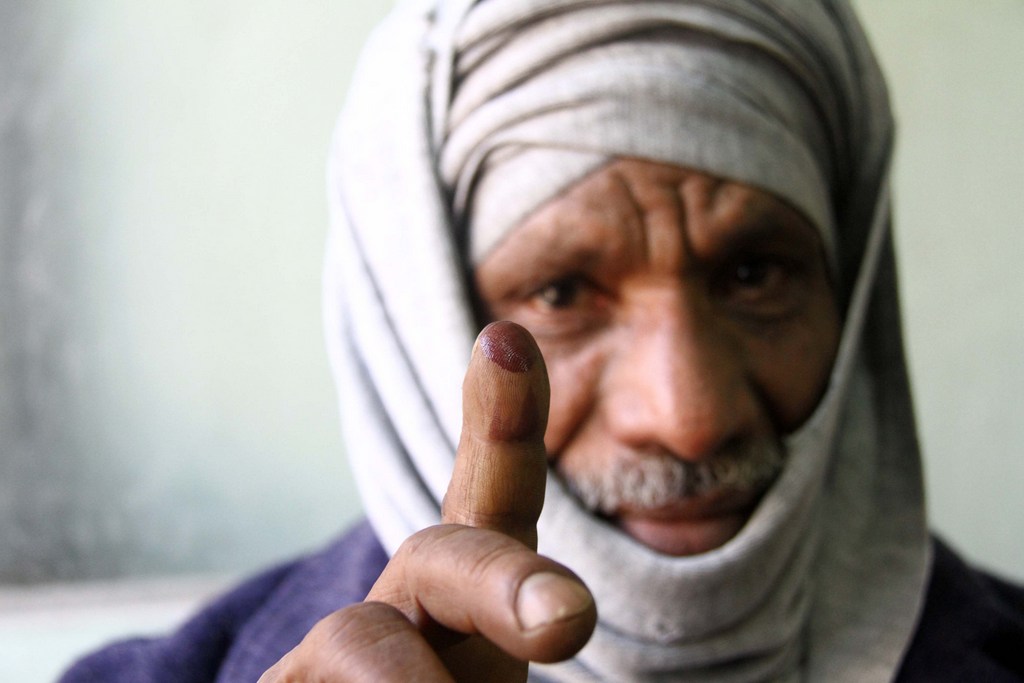Runaway food prices gave the world a wake-up call last year. Two weeks ago, another alarm went off: UN food agencies reported that the world’s hungry have surpassed one billion in number. Two hundred sixty-five million of these people are in sub-Saharan Africa – an increase of almost 12 percent over last year.
These alarms tell us that our system of growing, distributing, and selling food is not serving us well.
The poor and most vulnerable bear the brunt of this dysfunction. In developing countries, poor families typically spend 60 percent or more of their household budgets on food. This leaves little margin for error. When prices soar, as they did last year, or when incomes contract, as they have in 2009, food can become unaffordable.
But hunger is a problem for all of us – not just the unlucky billion who experience it firsthand. Throughout history, political instability has followed food shortages. The present era is no exception: more than 30 countries have witnessed food-related riots and civil disturbances over the last few years.
As we work on responses to the host of global crises we face, we must give increased priority to addressing our inadequate and poorly distributed global supply of food, increasing hunger and extensive malnutrition.
In Africa, the issues are clearer than perhaps anywhere else.
Only seven percent of arable land in Africa is irrigated, compared with nearly 40 percent in Asia and 20 percent globally. Fertilizer is hardly used on depleted soils. Climate-adapted seed varieties are scarce. Planted acreage appears to be falling and the average size of family farms is shrinking. Moreover, the effects of climate change are making it harder to boost African farmers’ already meager yields.
When 70 percent of Africans live in rural areas and depend on agriculture for their livelihoods, these facts hold stark implications for the welfare of Africa’s people. But they also make plain that an investment in agriculture is an investment in African lives and African futures.
It is also an investment in women. Across the developing world, about three-quarters of smallholder farm households are headed by women. By empowering smallholder farmers, we also empower women to play leadership roles in our economic, political and social development.
By some estimates, a dollar invested in agriculture in Africa has a two or three times greater impact on poverty than the same amount invested in other sectors. It is particularly timely that the African Union Summit is focused on agricultural investment as a force for economic growth and increased food security.
We know where resources should be targeted. Farm families need help to buy seeds, fertilizers and pesticides; to build irrigation systems; and to care for their animals and equipment. Communities need storage facilities to protect harvests. And countries need transportation and communication infrastructure to bring food to markets. Africa’s own Comprehensive Africa Agriculture Development Programme (CAADP) provides a framework to enact this ambitious, but feasible, agenda.
We know that African farmers can produce real results when supportive policies are backed with adequate resources. In less than a decade, Malawi has transformed itself from a country of famine to a regional breadbasket that exports food to its neighbours. Agricultural programmes in Rwanda, Sierra Leone and Tanzania are among others that are yielding promising results.
The United Nations stands ready to help African countries create more agricultural successes. Last year, the Secretary-General bought the world together through a high-level task force to mobilize support for farmers in developing countries and to enhance food security. This task force is working actively with donors and African countries to ensure that agricultural investment is scaled up and delivered in a coherent fashion.
Boosting agricultural productivity across Africa looks like a daunting task. But the resources required are relatively small. The Secretary-General’s Millennium Development Goals Africa Steering Group, a consortium of eight major multilaterals, projects that increasing annual agricultural aid to Africa, from its current range of $1-2 billion per year to $8 billion, would enable the continent to halve extreme poverty and hunger by 2015. In contrast, annual agricultural subsidies in industrialized countries have approached $300 billion in recent years.
We know that aid works best as a complement to private capital. So we must ensure that Africa’s farmers have supportive business environments and easy access to markets-in African countries and across the world.
African governments must also do their part. Although times are tight, a shift of resources into agriculture can reap strong returns – by creating jobs, boosting economic growth, fighting poverty and supporting peace and stability. More governments should fulfill their 2003 Maputo Declaration pledge to devote at least 10 per cent of their national budgets to agriculture and rural development.
This is the season to invest in Africa’s farmers.
Dr. Asha-Rose Migirois Deputy Secretary-General of the United Nations.
